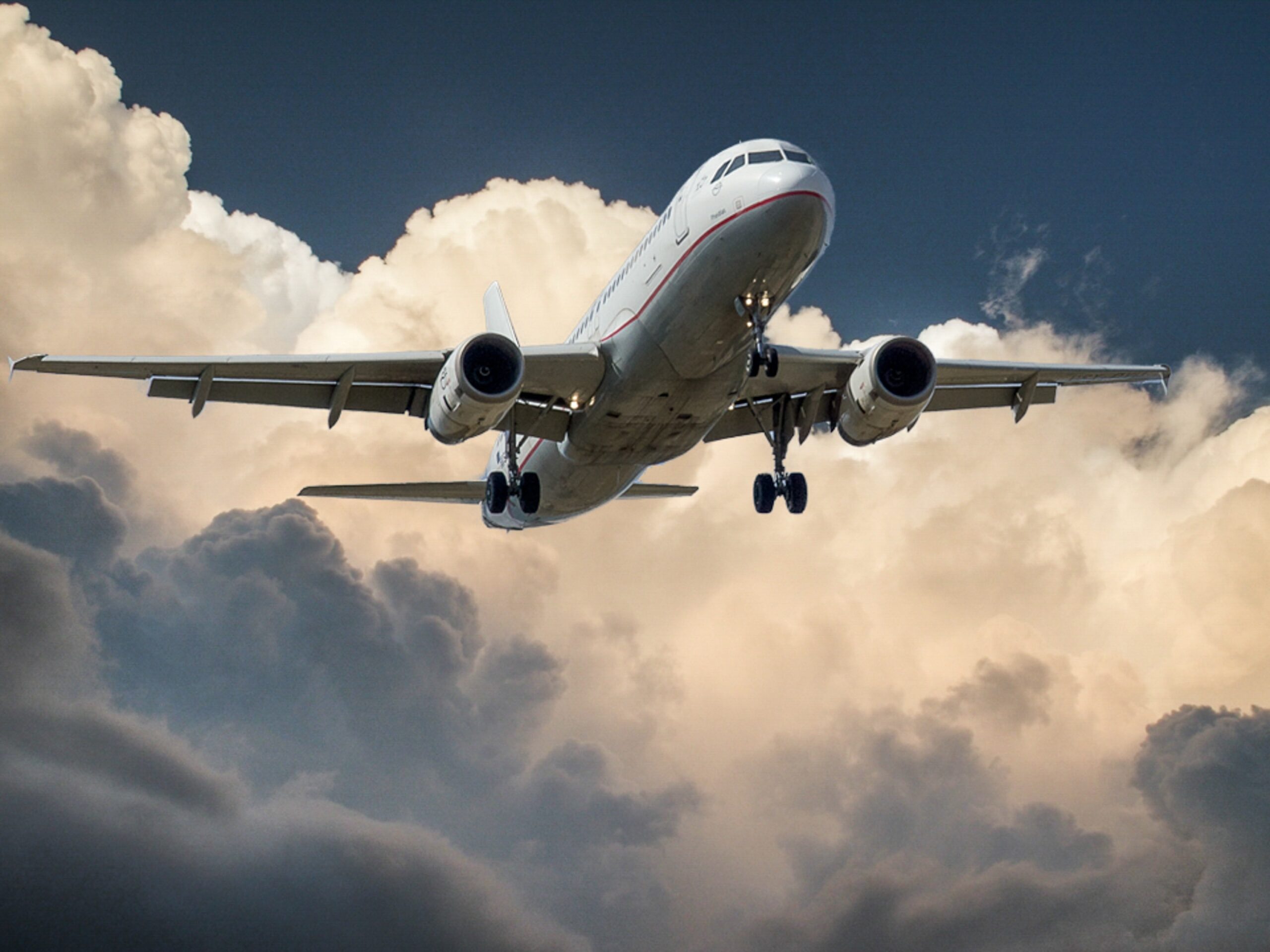
Aircraft, marvels of engineering and innovation, are designed to soar gracefully through the skies, defying gravity with apparent ease. However, a crucial aspect of aviation often overlooked by passengers is the science and precision behind ensuring that these colossal machines touch down safely after each flight. Safe landings are paramount in aviation and rely on a sophisticated interplay of physics, technology, and human expertise. This article delves into the intricacies of safe landings for aircraft, exploring the scientific principles, technologies, and procedures that make them possible.
The Art of Approach and Descent
Safe landings begin long before the aircraft nears the runway. As an aircraft approaches its destination, it enters a carefully choreographed sequence of maneuvers known as the approach and descent phase. During this phase, pilots rely on altitude, speed, and glide path control to ensure a smooth descent towards the runway.
The critical parameter here is the glide slope, which is an aircraft’s descent path to align with the runway. Pilots utilize instruments like the Instrument Landing System (ILS) or the Ground-Based Augmentation System (GBAS) to maintain this precise trajectory. These systems provide real-time guidance, helping pilots adjust their descent angle to ensure they touch down safely.
The Role of Aircraft Hydraulic Systems
As the aircraft descends, its hydraulic systems come into play, subtly influencing the landing process. Hydraulic systems are integral to an aircraft’s operation, from controlling landing gear deployment to actuating flight control surfaces like flaps and slats. These hydraulic systems use specially formulated aircraft hydraulic fluid to transmit force efficiently and reliably.
Aircraft hydraulic fluid is a specially designed liquid that operates under extreme temperature and pressure conditions. It plays a pivotal role in maintaining the structural integrity of an aircraft’s landing gear and ensuring that critical components operate smoothly during landing. This specialized fluid is formulated to resist foaming, corrosion, and degradation, guaranteeing the landing gear’s functionality when needed.
The Flaps and Slats Dance
As the aircraft approaches its destination, the pilot adjusts the configuration of the wing’s flaps and slats. These are movable surfaces on the wing that can be extended or retracted to alter the aerodynamic properties of the aircraft.
During landing, extending the flaps and slats increases the aircraft’s lift, allowing it to maintain a slower airspeed while maintaining adequate control. This slower approach speed is essential for a safe landing, giving the pilot more time and control to ensure a smooth touchdown. The science here lies in the meticulous balance between lift and drag, managed through precisely manipulating these wing surfaces.
The Landing Gear Unfolds
One of the most critical aspects of a safe landing is deploying landing gear. Landing gear comprises a complex system of struts, wheels, and brakes to absorb the tremendous kinetic energy generated during landing.
Hydraulic systems, using the aircraft’s hydraulic fluid, play a central role in the controlled extension of landing gear. The hydraulic pressure forces the landing gear doors open, allowing the landing gear struts to descend and lock into place. Once extended, the landing gear absorbs the touchdown energy, allowing the aircraft to decelerate safely.
The Art of Flare and Touchdown
The pilot initiates the flare maneuver as the aircraft descends over the runway. This is a critical moment in the landing process where the aircraft’s nose is raised slightly, and the descent rate is reduced. The objective is to ensure a gentle touchdown on the main landing gear wheels.
Here, the laws of physics come into play as the pilot manages the delicate balance between descent rate, airspeed, and attitude. Too steep a descent or too high an airspeed can result in a hard landing, potentially causing damage to the aircraft and discomfort to passengers.
The Magic of Thrust Reversers
Once the aircraft’s main wheels touch down, the pilot activates thrust reversers on the engines. Thrust reversers are another remarkable technological innovation in aviation. They redirect the engine’s exhaust flow forward, creating a reverse thrust that assists in braking and slowing down the aircraft.
While hydraulic systems are not directly responsible for thrust reverser operation, controlling other critical functions indirectly contributes to safe landings. For instance, hydraulic systems control the deployment of the spoilers on the wings, which increase drag and assist in deceleration after touchdown.
Brakes and Autobrakes
The final phase of a safe landing involves the use of brakes. Aircraft are equipped with powerful hydraulic brakes that can bring the aircraft to a stop on the runway. These brakes are operated by the pilot using the aircraft’s brake pedals.
In modern aircraft, auto brake systems assist the pilot in applying the appropriate amount of brake force. Auto brakes are designed to optimize the deceleration rate based on factors such as runway conditions and aircraft weight, ensuring a consistent and safe stopping distance.
Conclusion
Safe landings for aircraft result from a meticulously orchestrated combination of scientific principles, cutting-edge technology, and pilot expertise. The approach and descent phase set the stage for a successful landing, while hydraulic systems, including hydraulic fluid, play a crucial role in deploying landing gear and other critical functions.
The careful manipulation of wing flaps and slats, the artful flare and touchdown, and the ingenious use of thrust reversers and auto brakes all contribute to a safe and controlled landing. Behind every successful landing is a complex dance of physics and technology, ensuring that passengers and crew touch down safely, ready to embark on their next adventure or complete their journey with confidence in the science that keeps them safe in the skies.






